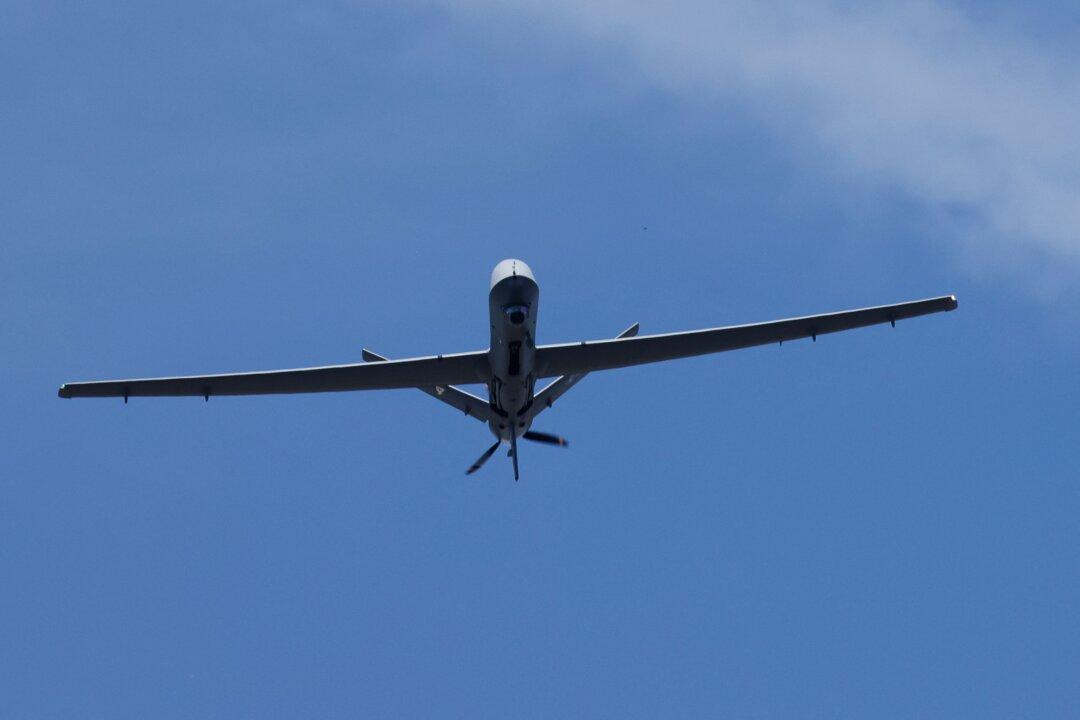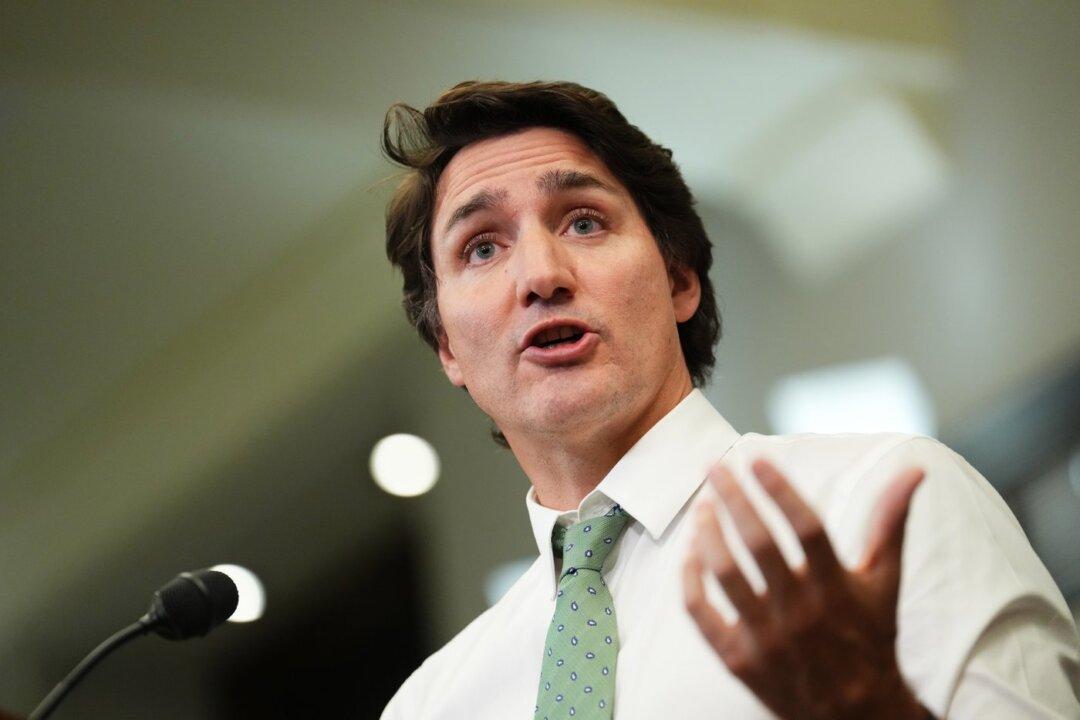The Canadian government will make a $2.49 billion investment to acquire state-of-the-art drones for its military, giving itself the capability to strike enemy targets without having personnel over the battlefield.
The 11 new drones, MQ-9B SkyGuardians also called Reapers, have the main function of conducting surveillance but can also be fitted with armaments. The Canadian Armed Forces (CAF) have currently no reported drones in its inventory, and the ones previously used could not be weaponized.





